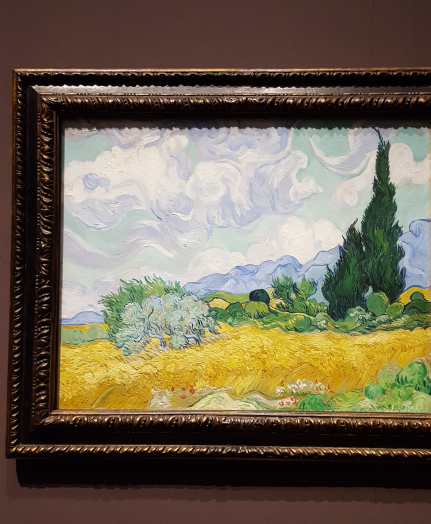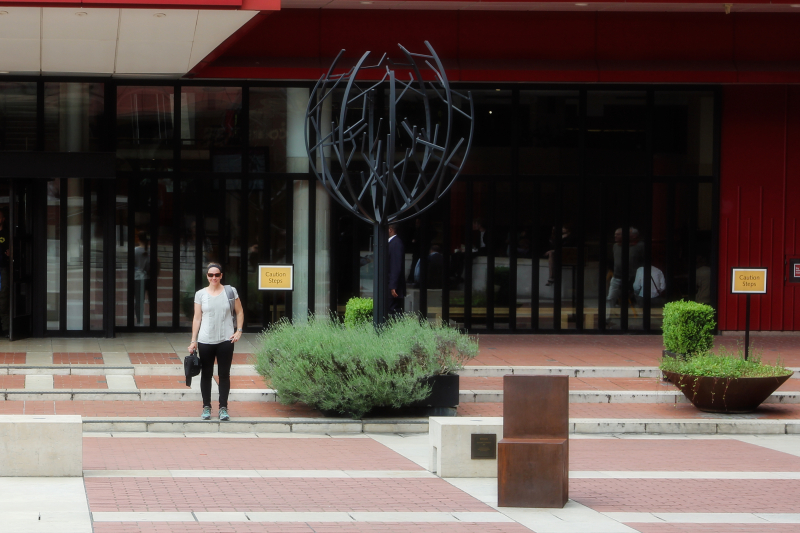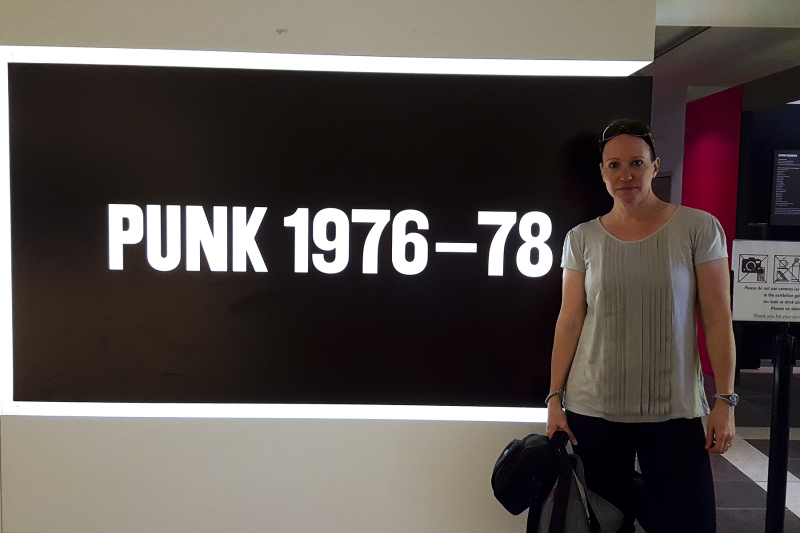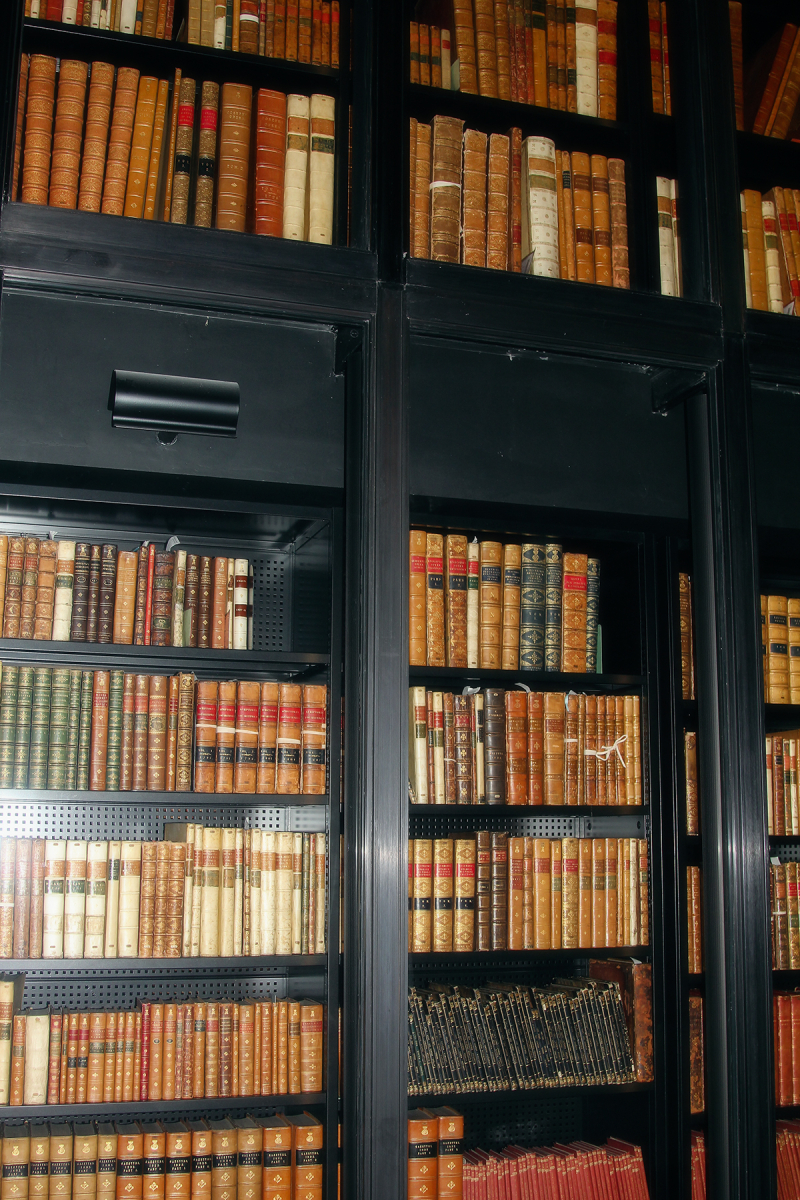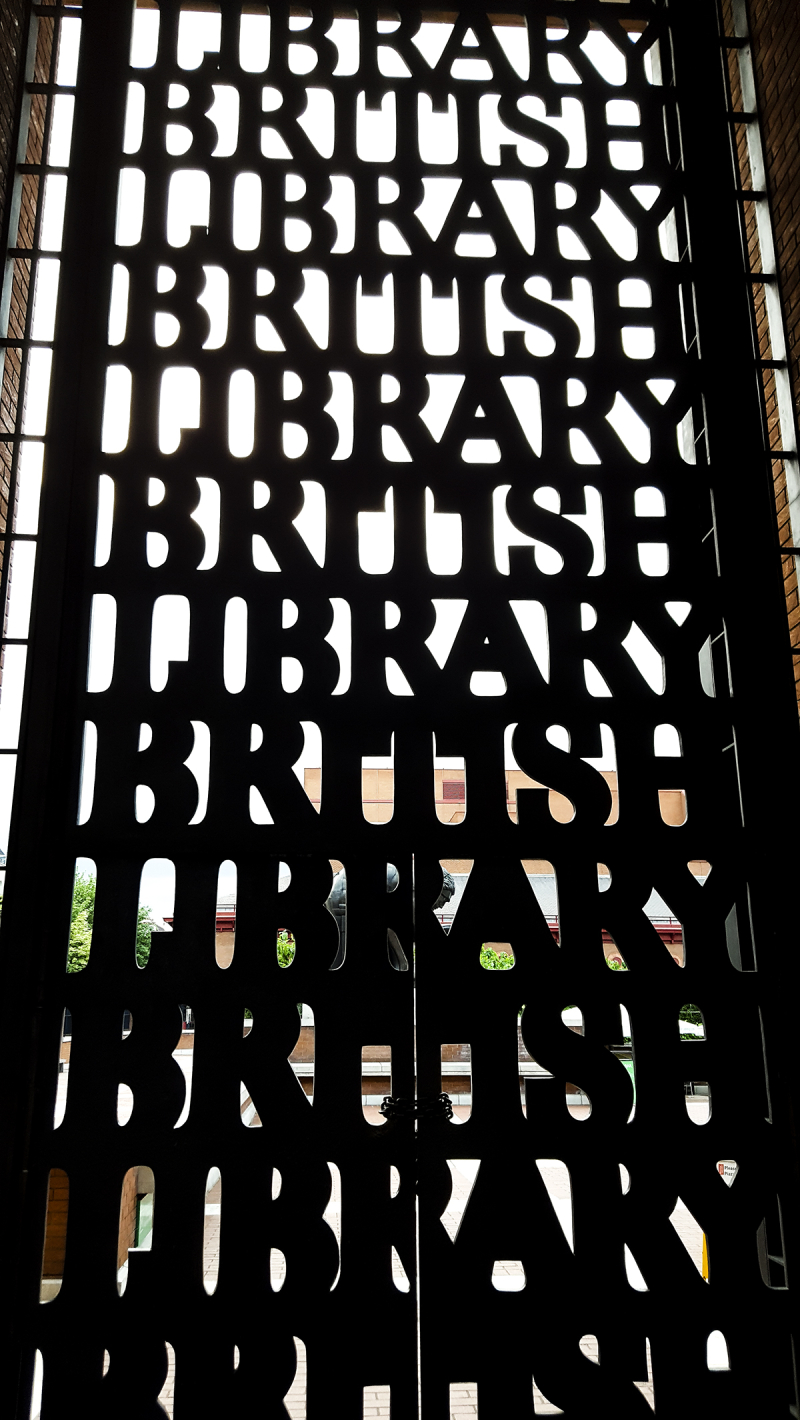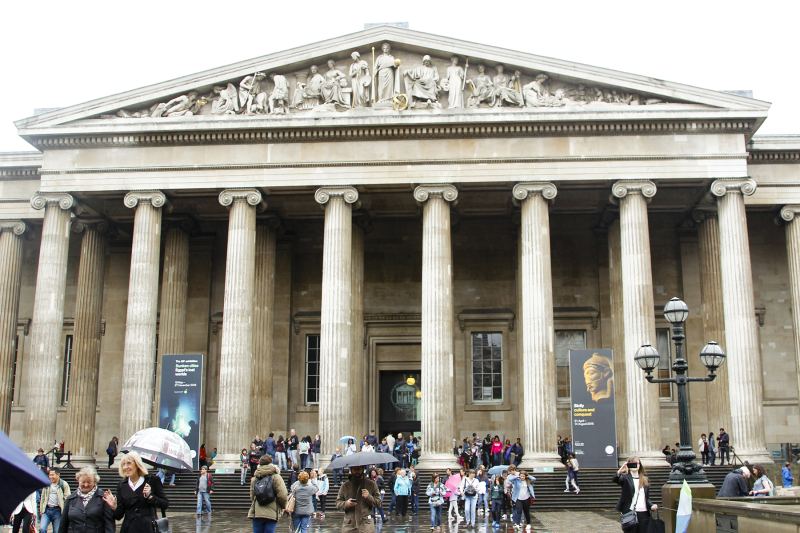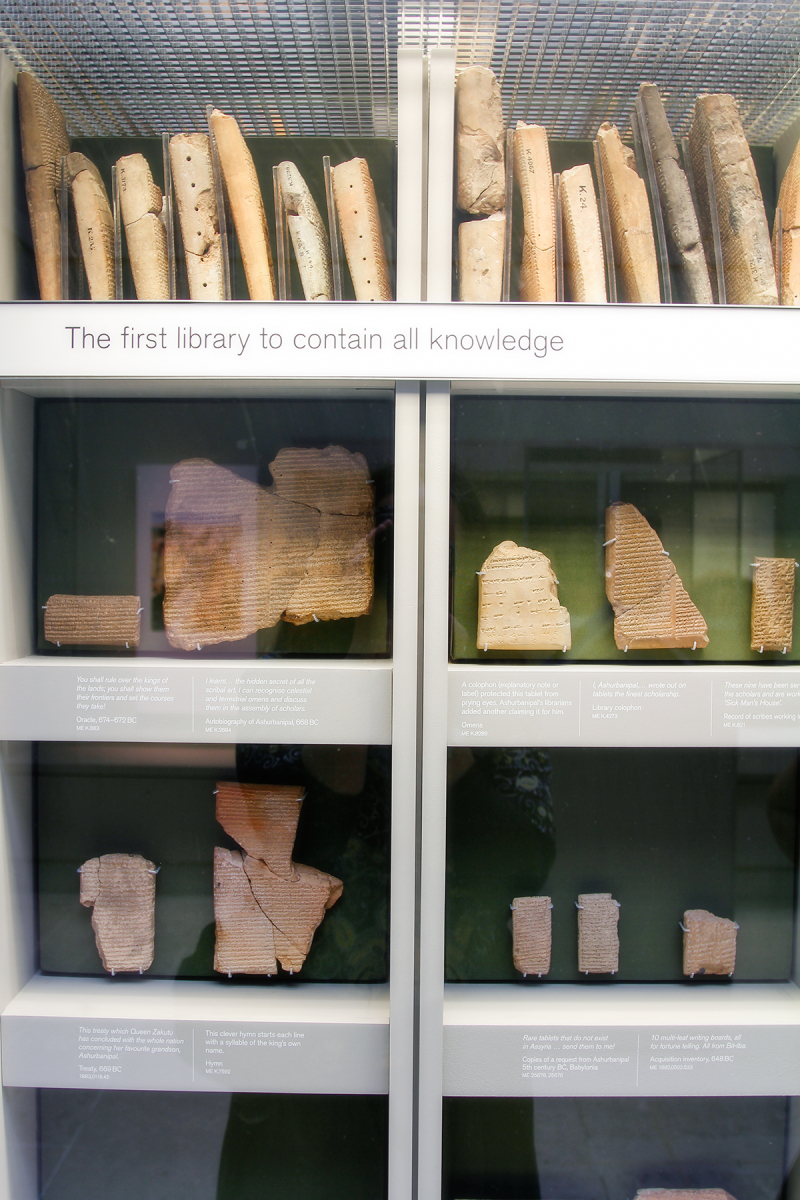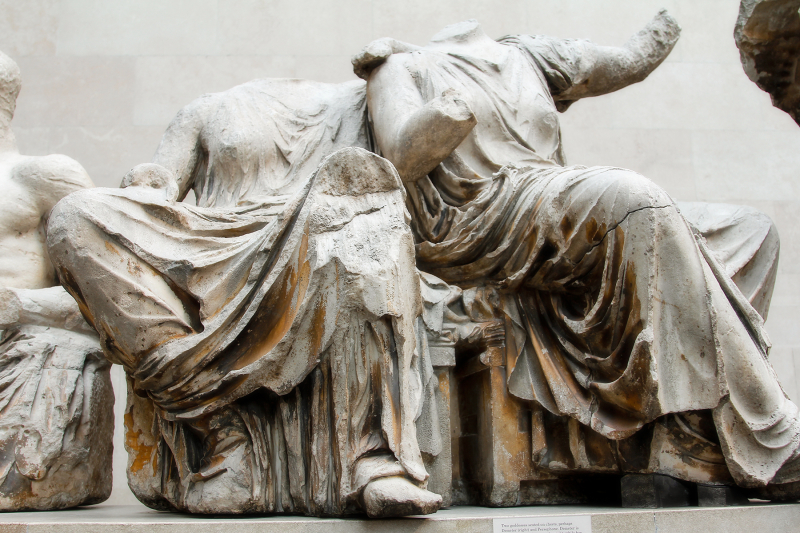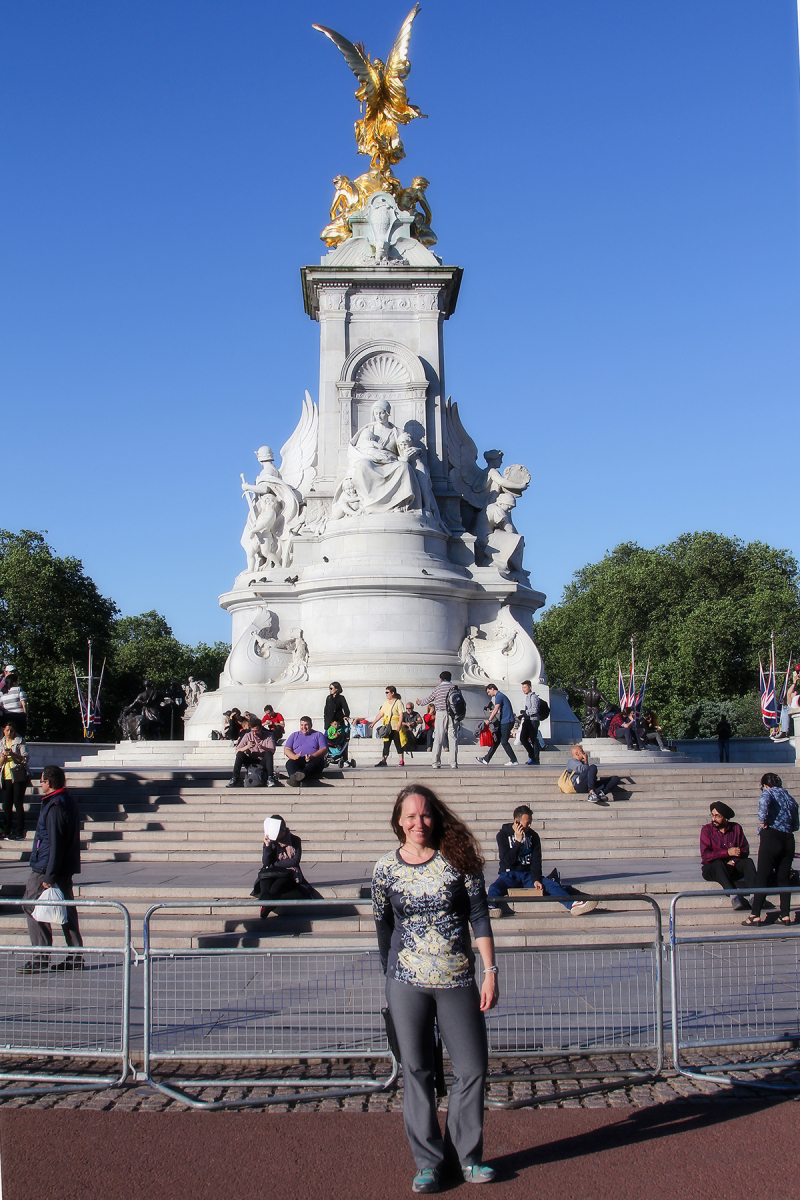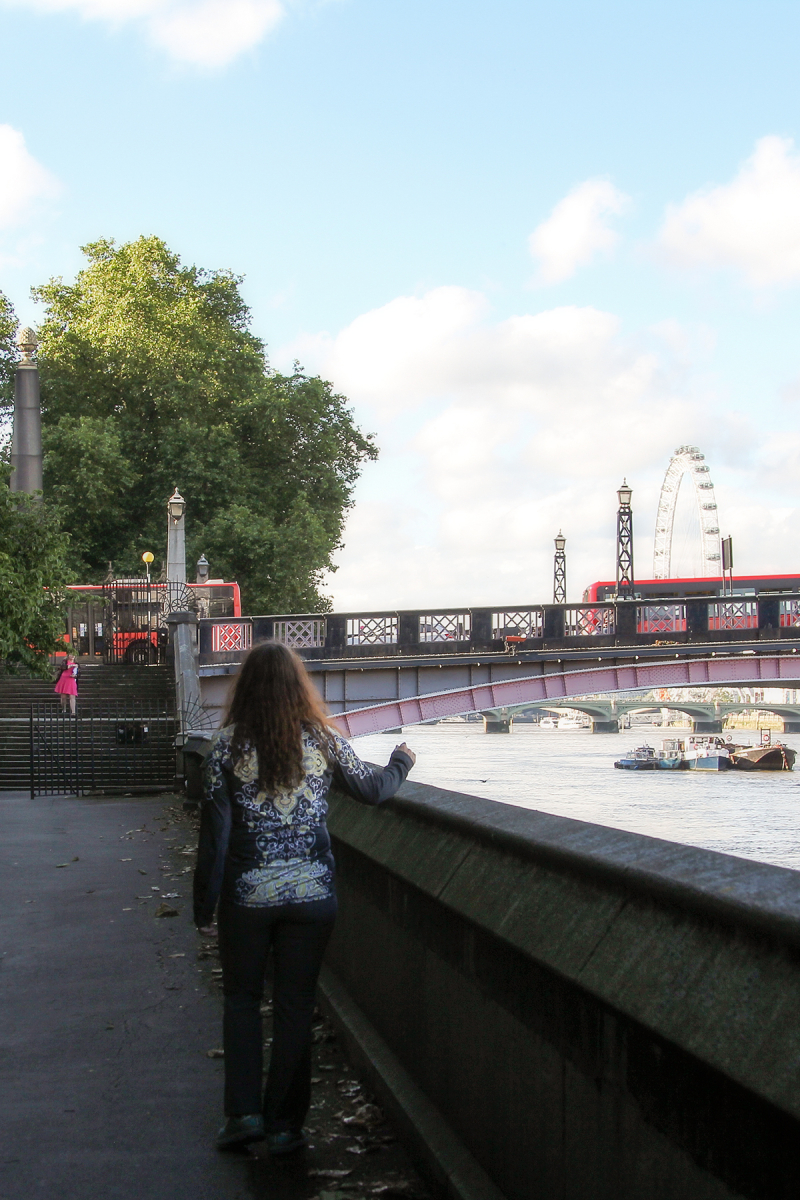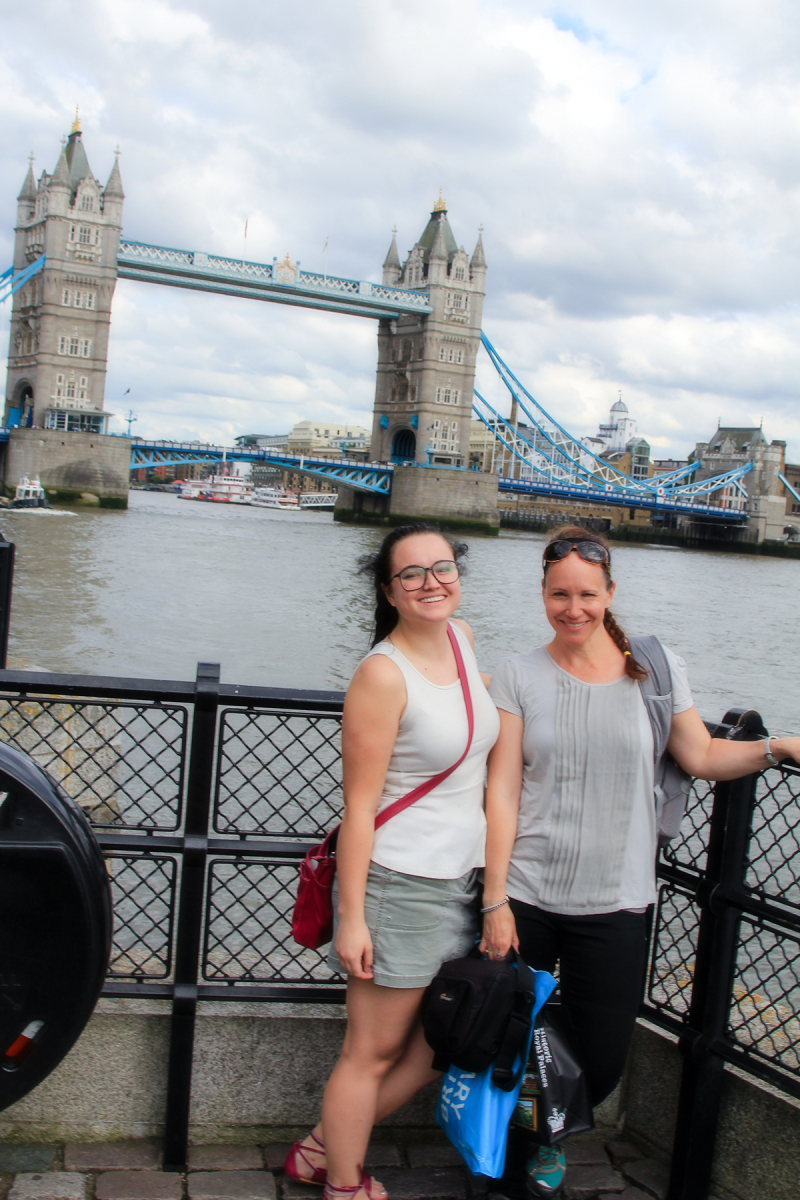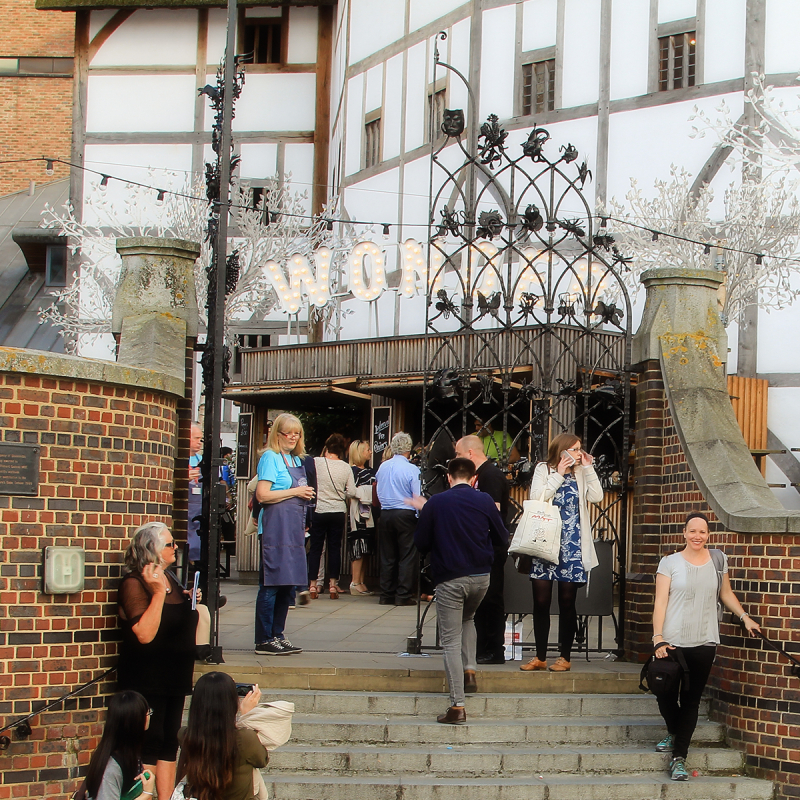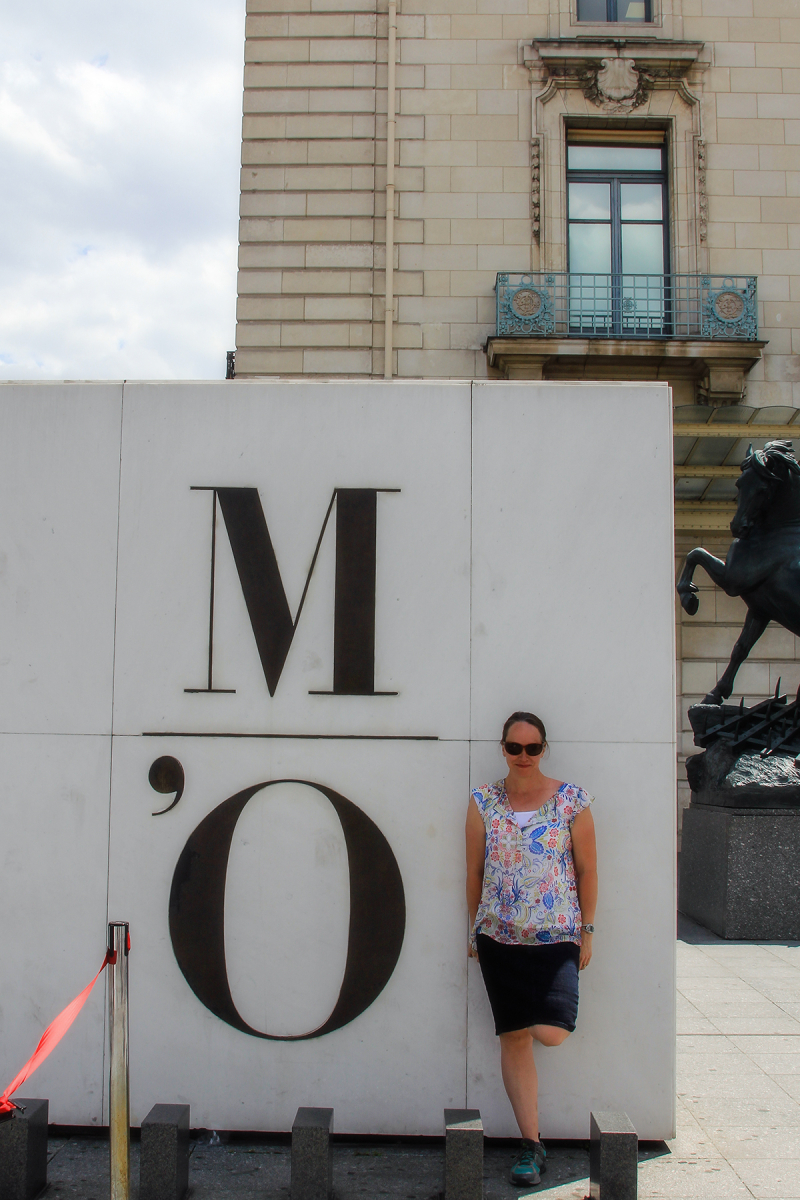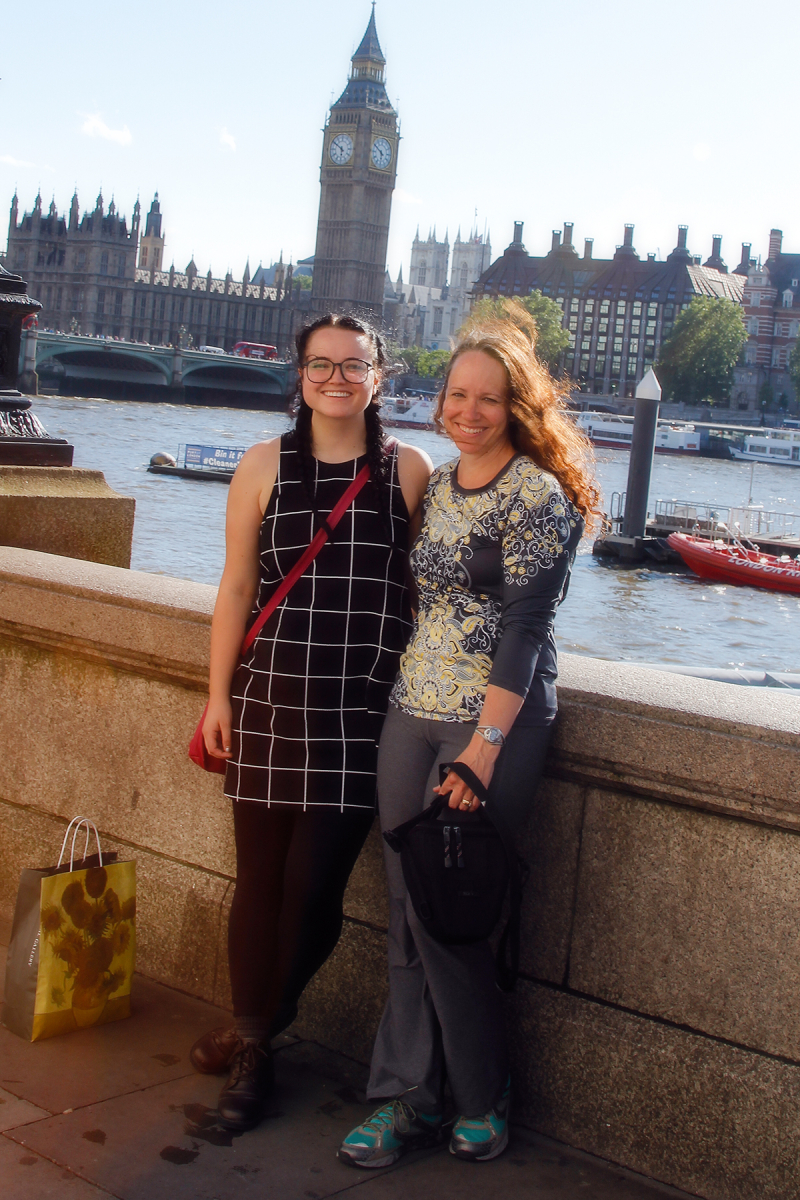on His Birthday, Thoughts about van Gogh
Friday, March 30, 2018
I can’t remember a time when I wasn’t interested in art. My paternal grandfather, Arthur Curtis, owned a windshield-repair shop but in his spare time he was an artist; I have one of his landscapes hanging in my basement. He wasn’t well-known, but his art has always been a point of pride for me. I am not an artist, but I feel a deep connection to art anyway, and I think “my grandfather was a painter” is a fact that influences my desire to be a writer. As if that need to live a creative life is a trait I inherited and can carry on into the future, even if in a different form.
I also can’t remember when I started loving the post-impressionists: Cezanne, Gaugin, Seurat, Rousseau, van Gogh. Van Gogh especially. In my twenties I read a battered old copy of his Letters that I got at a used-book store (and I am currently drooling over this Folio edition); I had cheap poster copies of a few of his paintings hanging in my classroom when I was teaching. I love his art, and I think my affection has been influenced by my fascination by European culture. Plus, by now you know I am drawn to the stories of people who grapple with depression, and van Gogh is no exception. It is a struggle for many of us, and for me, reading about people in history who also struggled with it has been helpful to my own wrangling. Plus there’s the fact that a century later, the whole world knows who he is, even though he was relatively unknown in his lifetime.
When Haley and I went to Europe in 2016, one of the places I wanted to go most was the van Gogh Museum in Amsterdam. I had it on the schedule, and I had other art I was looking forward to seeing before we got to Amsterdam—“The Fall of Icarus” at the Musee de Beaux Arts in Brussels, the Elgin sculptures at the British Museum. I also had the National Portrait Gallery on our itinerary; it was the second museum we went to on our first day in London. I imagined it to be in an old home with dusty carpets with paintings of a bunch of British people I never heard of lining the walls. It was a sort of time filler while we waited for Haley’s traveling friend to arrive.
Of course, it was nothing like what I imagined and turned out to be one of my favorite spots on our trip. It is in an old building, but not the dilapidated one I had imagined, but the beautiful one built in the 1890s. There were portraits of Anne Boleyn, Richard the III, Queen Elizabeth, and William Shakespeare that I had seen in books but never imagined I’d see in real life. (Also portraits of Virginia Woolf, Harold Pinter, and James Joyce that I was happy to discover.) It was just perfect to me; we just wandered, looking and pointing out familiar images to each other, reading about paintings that caught our eye which we didn’t know much about.
My first thrill in the National Portrait Gallery came when I was walking through a room in the museum. “A room,” like it is just a place, but a place with paintings by Matisse, Monet, Picasso, Cezanne, Renior, and then there, right in front of me? A Klimt. A KLIMT! Not “The Kiss,” which I know is a cliché to love but which I nevertheless adore, but “Portrait of Hermine Gallia,” a painting of a tall woman in a frothy white dress. I stood in front of that painting for several minutes, admiring it. That was the first time I really experienced seeing paintings I’ve loved via art books in real life, and there was something magical and moving about it that I wasn’t yet ready to put into words. I was so entranced by the Klimt, by Monet’s “Irises” and Cezanne’s “Bathers” and “Lake Keitele” by Akseli Gallen-Kallela (a painting by an artist I knew nothing about but that nevertheless expressed a feeling I have had when standing in nature; I don’t have words for that feeling, but he put it into a painting) that I totally ignored the sounds of a large, loud crowd gathered around a painting in the next room.
My admiration of Klimt et al done, I wandered into the next room, past the big group to the painting after it. I looked…and then I looked again. And I literally started crying, right there in the National Portrait Gallery, because completely unexpectedly, I found myself standing in front of a van Gogh painting. Not “Sunflowers,” which the crowd was gathered around, but “A Wheatfield, with Cypresses.”
They weren’t my first tears of the day (those happened in the Egyptian room at the British Museum), but they were the ones that changed me the most. I think because my first experience with a Van Gogh was unexpected—I didn’t imagine I’d see one until we were in Amsterdam—it was even more magical. A little bit like finding the door in the back of the wardrobe. I’ve read about van Gogh’s life, I’ve looked at his paintings in books, I’ve wandered through his landscapes in my cheap classroom posters. But to stand in front of the actual painting. To be so close as to see the actual brush strokes. To see not the reproduced colors but the colors themselves.
Art is many things, of course. Even to different individuals it means different things. While I stood in front of van Gogh’s painting, I thought about the sadness of his life, his despair and loneliness and his sad, untimely ending. This painting, framed in a museum, still exists more than 100 years after he painted it. This act of painting was, I imagine, a refuge, a way of escaping what was painful. That such beauty can come from such darkness—that is one of the reasons I love art. It is a medium not just of oil or watercolor or ink, but of emotion. That I could witness it so many years later, after his death, his darkness turned to light—it gave me a sense of hope. That some voices can linger long past death, maybe; that beauty is, in some ways, all ye need to know, especially in the face of the world’s ugliness. But the world is beautiful, too, and some creative people are able to capture that beauty through the lens of their perception, and then we get to see it again through our own lens. I’m certain that that van Gogh on that day in that place, with my daughter in the room somewhere behind me: that experience was unique, even if a hundred thousand other museum-goers saw that painting that day. It is something about the colors, the turquoise of the sky, the lavender cloud shadows, the purple mountains, those tiny pink flowers. And about the shapes, the way you can almost feel the breeze and the heat, the way the cypress flame up, nearly like green fire—can’t you almost smell them?—the movement in the golden wheat. It is the world speaking to the artist and then the artist speaking back to the world and, in turn, to me.
I will never be a renowned artist. I will never be like my grandfather, renowned as an artist only among his descendants. I will likely never be a well-known poet or writer. But I will still keep working, and that moment in front of the cypress trees is one reason why. Making art (in whatever form) is a way of leaving a piece of yourself behind. My pieces are small, but perhaps they will matter to someone.
